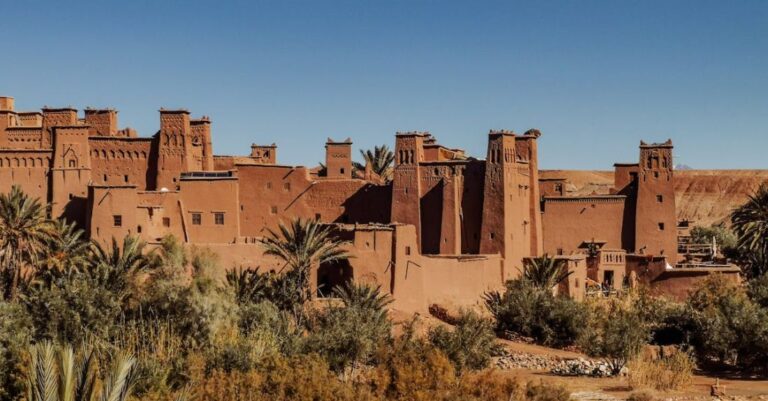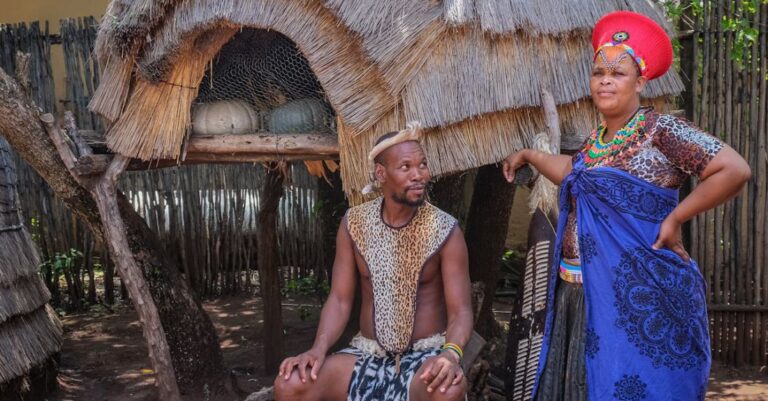
Cultural institutions play a crucial role in shaping and preserving society’s values, beliefs, and heritage. These institutions encompass a wide range of organizations, including museums, libraries, theaters, and historical sites, that serve as guardians of our collective memory and identity. By providing spaces for learning, reflection, and engagement, cultural institutions contribute significantly to the enrichment and development of society as a whole.
Preserving Cultural Heritage
One of the primary roles of cultural institutions is to preserve and safeguard our cultural heritage for future generations. Museums, archives, and libraries house invaluable artifacts, documents, and artworks that tell the story of our past. By collecting, cataloging, and exhibiting these cultural treasures, institutions ensure that our history and traditions are not lost or forgotten.
Moreover, cultural institutions help us understand where we come from and how our society has evolved over time. Through exhibitions, educational programs, and research initiatives, these organizations provide valuable insights into different eras, civilizations, and cultural practices. By studying and engaging with our heritage, we can gain a deeper appreciation for the diversity and richness of human experience.
Promoting Education and Lifelong Learning
Another essential role of cultural institutions is to promote education and lifelong learning. Museums, libraries, and cultural centers offer a wealth of resources and opportunities for people of all ages to explore new ideas, perspectives, and experiences. Through exhibitions, workshops, lectures, and interactive activities, these institutions foster intellectual curiosity, critical thinking, and creativity.
Cultural institutions also play a vital role in supporting formal education by providing students with access to primary sources, research materials, and educational programs. By collaborating with schools and universities, these organizations enhance the learning experience and help students develop a deeper understanding of their cultural heritage and the world around them.
Fostering Social Cohesion and Inclusivity
Cultural institutions serve as important hubs for social interaction, dialogue, and community engagement. By bringing people together to celebrate art, history, and culture, these organizations foster a sense of belonging and unity among diverse populations. Museums, theaters, and cultural festivals provide platforms for people to connect, share experiences, and celebrate their shared values and traditions.
Furthermore, cultural institutions play a crucial role in promoting inclusivity and diversity within society. By showcasing a wide range of cultural expressions, perspectives, and voices, these organizations challenge stereotypes, promote empathy, and encourage dialogue across different communities. Through exhibitions, performances, and educational programs, cultural institutions celebrate the richness of human diversity and promote understanding and respect among people from various backgrounds.
Preserving Cultural Identity in a Globalized World
In an increasingly globalized world, cultural institutions play a vital role in preserving and promoting local and indigenous cultures. By showcasing traditional art forms, crafts, music, and rituals, these organizations help communities maintain their unique identity and heritage in the face of external influences. Cultural institutions also provide a platform for marginalized and underrepresented groups to share their stories and perspectives with a broader audience.
By supporting local artists, artisans, and performers, cultural institutions contribute to the economic development and sustainability of communities. By showcasing and promoting local talent, these organizations help preserve cultural traditions, create employment opportunities, and drive tourism and economic growth in the region. Through partnerships with artists, cultural institutions can promote creativity, innovation, and entrepreneurship within the community.
In conclusion, cultural institutions play a multifaceted role in society, serving as custodians of our heritage, promoters of education and lifelong learning, champions of social cohesion and inclusivity, and preservers of cultural identity in a globalized world. By fulfilling these diverse functions, cultural institutions contribute significantly to the enrichment, development, and sustainability of society as a whole.





